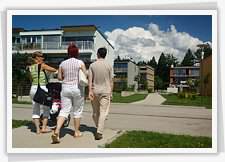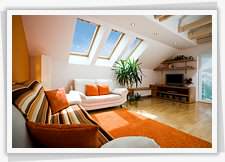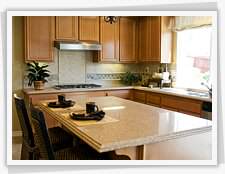
While both types of housing are under the umbrella of “factory-built”, the difference between manufactured and modular is akin to the difference between apples and oranges—same family but very different characteristics. One of the common mistakes for homeowners, realtors and lenders alike is to use the term “modular” to interchangeably describe manufactured homes, mobilehomes, and modular construction.


Mobilehomes
Effectively mobilehomes are exactly the same as manufactured homes except they were built before the Federal Manufactured hOme Construction and Safety Standards (HUD Code) or built prior to June 15, 1976. Mobilehomes are usually placed in a park community or land for permanent residence even if the land is leased.
Pre-Cut Homes
Housing that is constructed on-site from materials cut to fit and furnished in a factory. Kit, log and dome homes are all pre-cut homes. These units are required to conform to state regulations and local building codes. The advantage of the precut home is the quality control provided by factory assembly and faster completion time.
Panelized Homes
This is composed of prefabricated panels built in a factory. The panels contain whole walls including interior wiriting and exterior siding. State regulations and local building codes that are in effect where the unit will be located govern the construction.
House Trailer
Trailers are at least 8 feet wide with permanently attached wheels pulled by a car or truck and used as a temporary or vacation dwelling.
Park Model
Park Model trailers, although considered recreational vehicles because they are transportable, are primarily designed for long-term or permanent placement at a destination where an RV or mobile home is allowed. They are under 400 square feet and the wheels and axles must remain on the chassis. When set up, park models are connected to the utilities necessary to operate home style fixtures and appliances. Park models are popular with people for use as a cottage, vacation or within a retirement community.
OnTheLevel is happy to direct you to competent companies to meet your manufactured and modular home needs for one home or an entire project, including the financing for your factory-built home.

